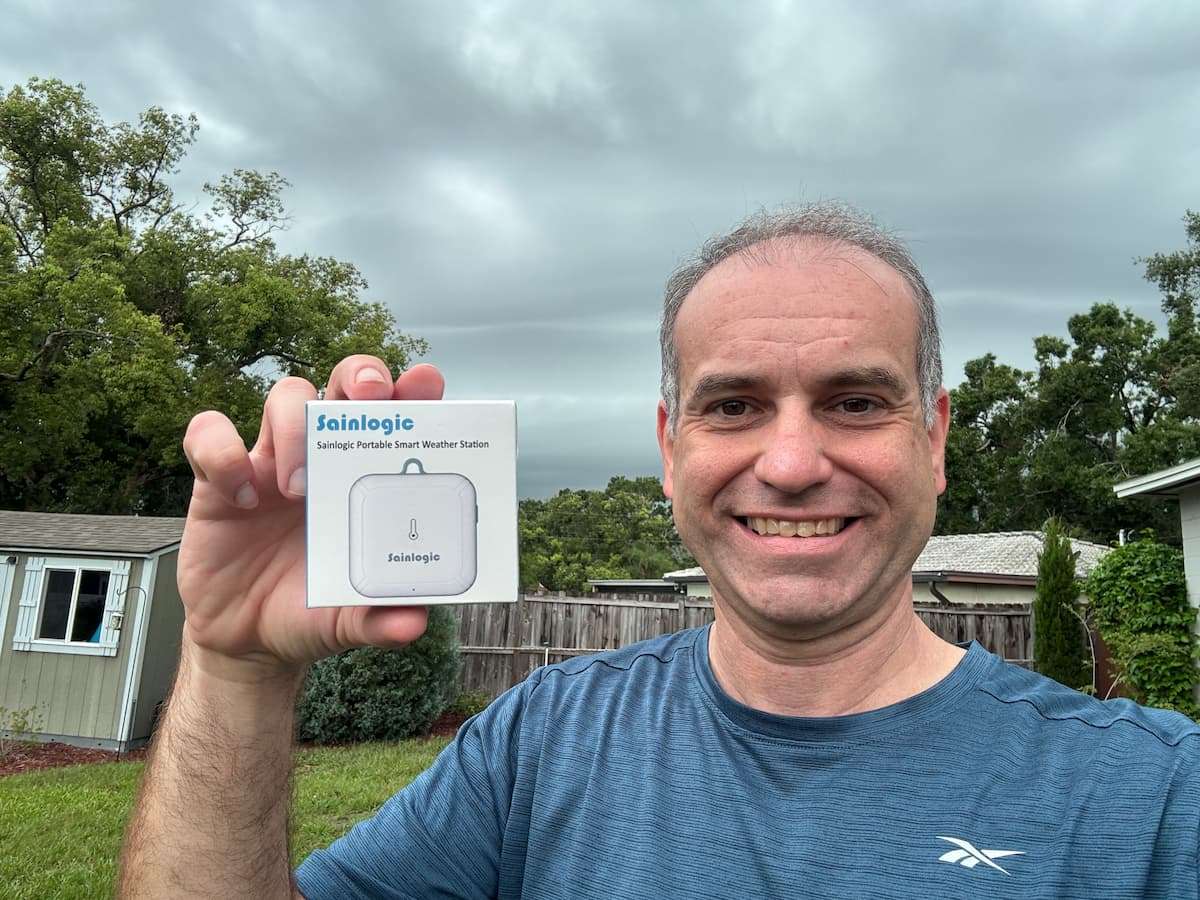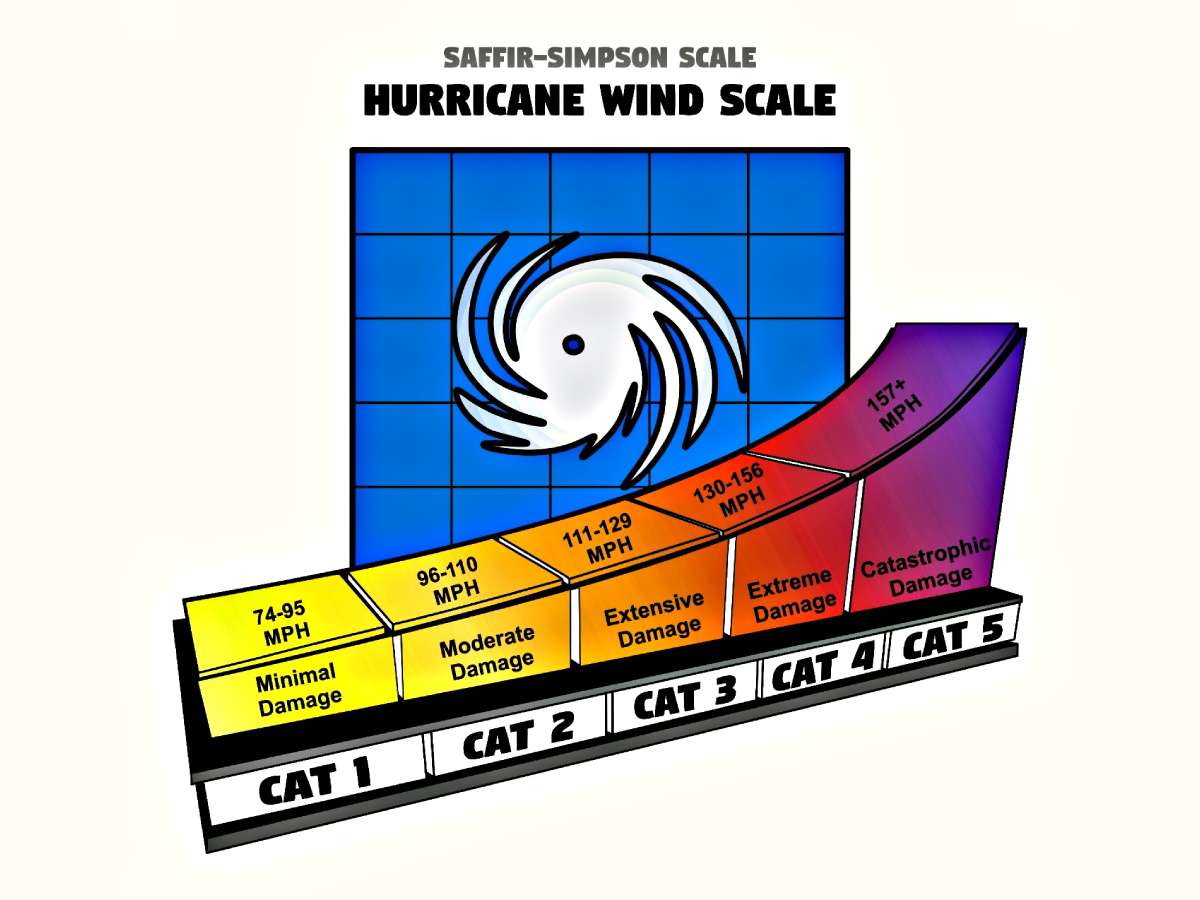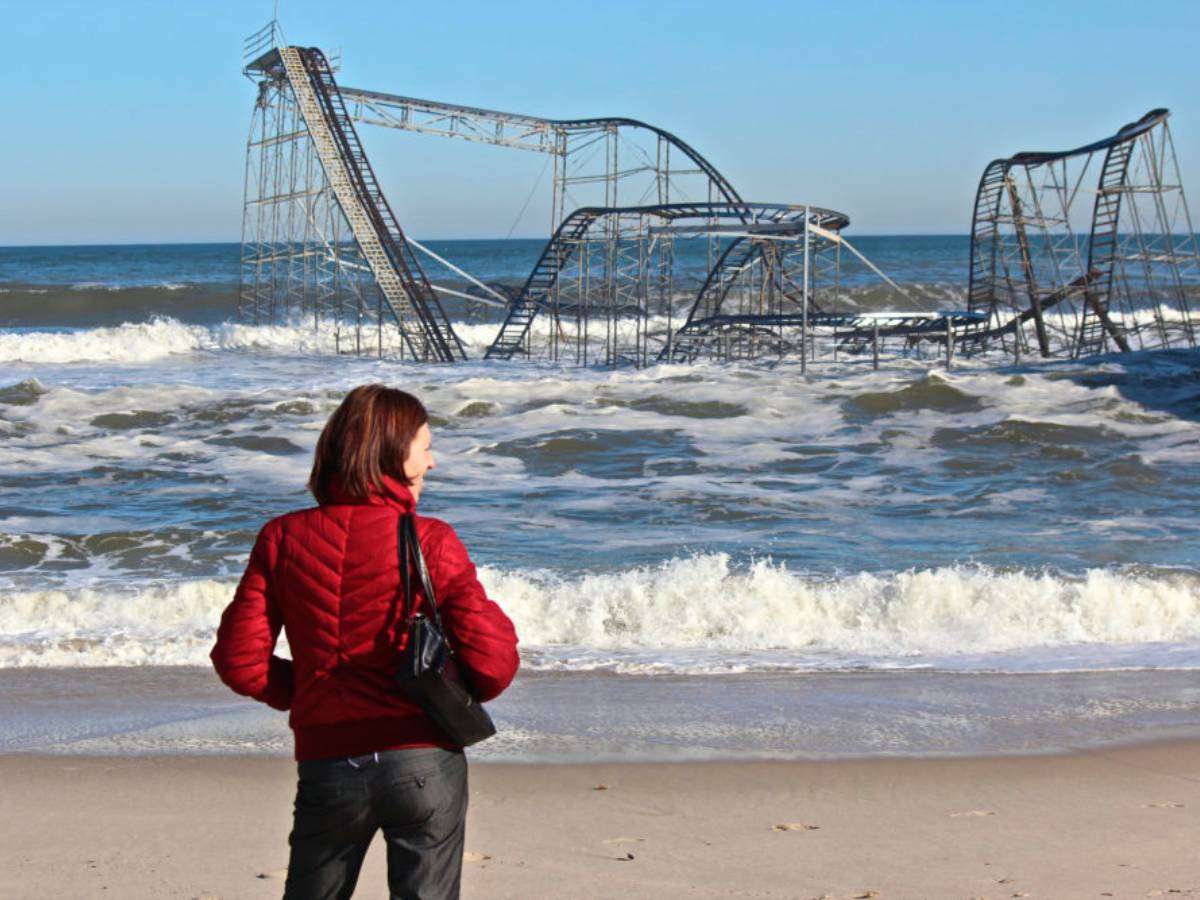Emergency Flood Damage Cleanup
House flooding can be caused by all kinds of severe weather situations.
An abundance of water in a short period of time can rapidly accumulate and cause:
- Flooding during hurricanes
- Flooding from large amounts of rain
- Flooding after a spring snow melt
- Flooding from severe storms
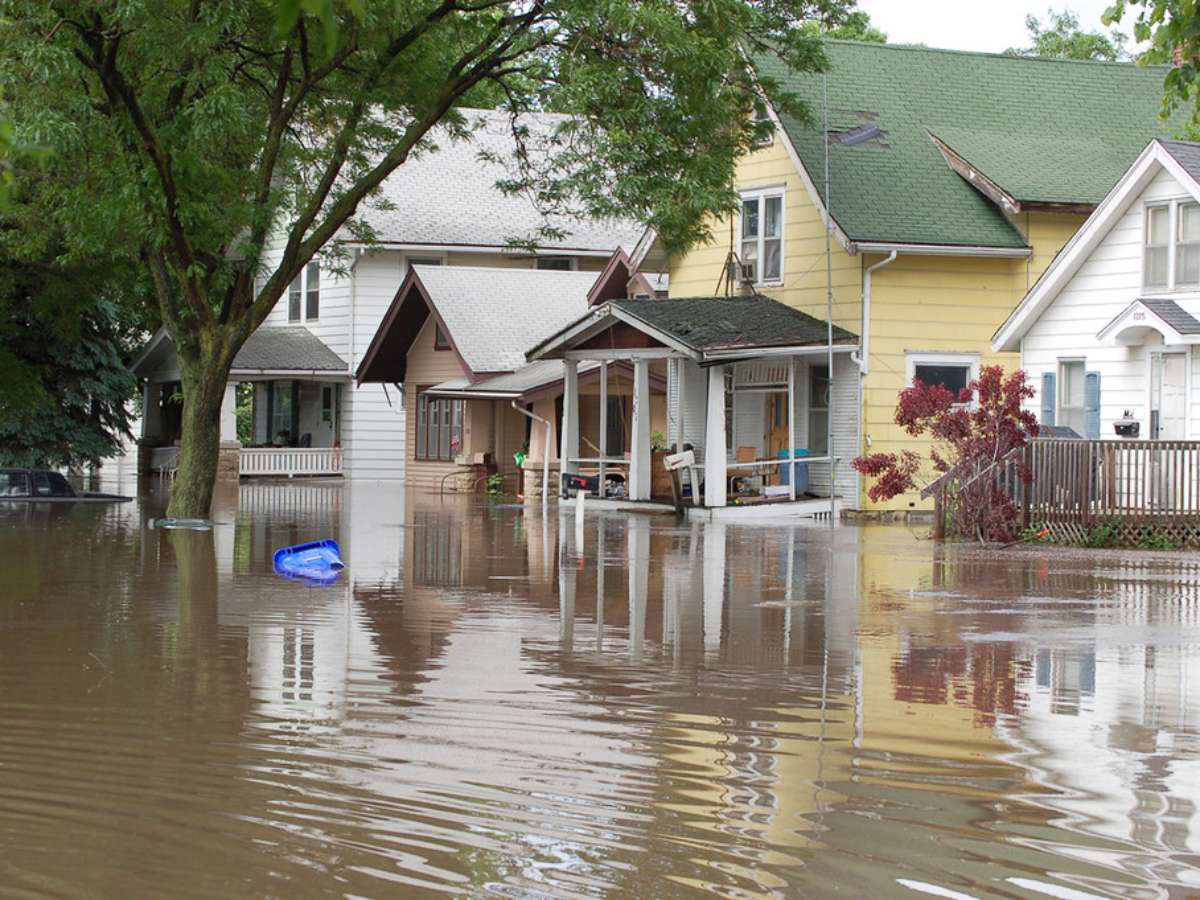
Having lived in Florida, Texas, Indiana, Ohio, and now Tennessee, I’m quite familiar with flooding from ALL of the sources listed above.
And let me tell you… Nashville floods a lot more than people realize! The 2010 Nashville flood was a doozy — catching everyone in Middle Tennessee completely off-guard. But now it seems like we go through at least one major flooding event in my neighborhood!
It’s likely that ALL of us will encounter flooding for one reason or another at some point in our lives.
That’s why it’s important to brush up your knowledge on a topic that you may have to deal with one day soon: flood cleanup.
House Flooding Cleanup After A Storm
Cleaning up your house after a flood is as emotionally distressing as it is physically draining.
After all, floods not only mean damage to our homes and cars — but they also mean that some of our most cherished and prized treasures (like photos, ceramics, important documents, and sentimental mementos) are likely to become ruined as well.
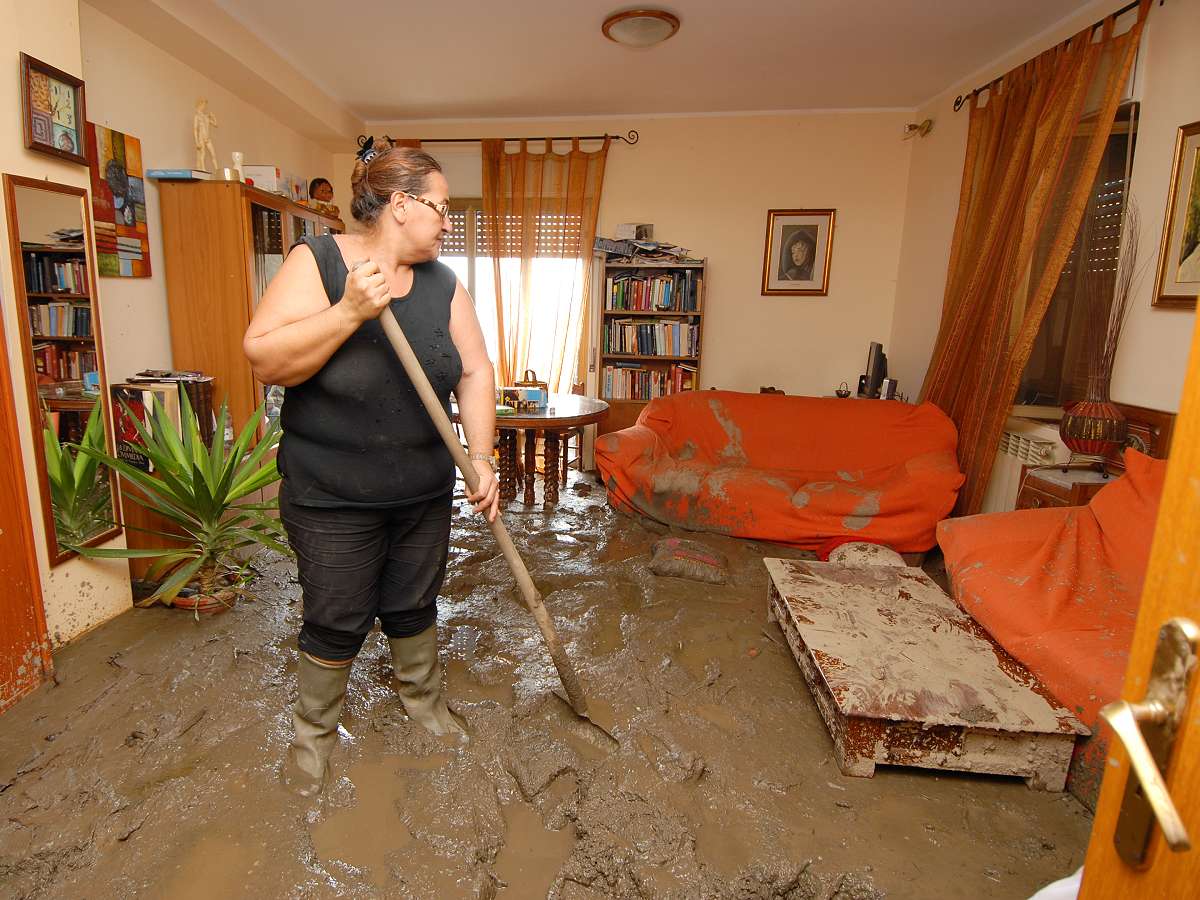
While the process of cleaning your house after a flood is never easy, here are some flood cleaning tips that will make things safer and a little bit less stressful for you…
25 Ways To Make House Flood Cleanup Safer & Easier:
- If you have flood insurance, the very first thing you should do is file a claim — because you have only 60 days to send in a “proof of loss form” documenting the contents of your home.
- The faster you can dry out each flooded area of your home, the less likely mold and other water damage issues will occur — mold starts growing in damp places within 24 hours, and within 48 hours you can have visible colonies if it’s warm. To inhibit mold growth, try to keep the humidity level between 30% and 50%. A digital moisture meter measures the moisture you can’t see, as well as humidity levels.
- A submersible water pump is the quickest and easiest way to remove large amounts of water from your home. (You still need to mop afterwards and ventilate the area until it is completely dry.) A wet-dry shop vac style vacuum is also handy for getting into cracks and crevices.
- Pumping out a flooded basement too quickly increases the risk of the walls caving in — especially if there’s still high water on the outside of those same walls.
- Open all doors and windows to let the house air out for awhile before you stay inside for any length of time — after pumping out the water, you’ll want to mop up any excess.
- Use fans and dehumidifiers to quickly remove excess moisture from the room(s) — fans should be placed in front of windows and doors to blow the air outward (rather than inward), so you don’t spread any mold.
- If you have any breathing problems, allergies, or a lot of mold in the house, be sure to wear a reusable respirator — so you can breathe easier. Wearing a disposable mask over your mouth and nose is a less expensive (and less effective) way to reduce your risk of breathing in mold.
- Wear long rubber gloves and boots (rubber-soled footwear is best) — make sure to thoroughly clean and sanitize your clothes and shoes after each day’s flood cleanup efforts.
- Make sure the gas and electricity to your home is shut off — use a piece of rubber, plastic, or dry wood (NOT metal) while standing on a dry board to avoid electrocution.
- If you have a generator to power electrical items when the power is out, you’re one of the lucky ones — the 2 generators that Consumer Reports recommends are the DuroMax Dual Fuel and the Champion Dual Fuel. (Both allow you to use EITHER propane or gasoline, which has the added benefit of not clogging up the fuel lines or the carburetor when the unit is in storage for awhile.)
- Use shovels and rakes to remove large amounts of wet, heavy debris from your home — just be sure to deposit it a safe distance away from your house AND clean them with bleach after you use them.
- If drywall has more than 10 square feet total of water damage, the EPA recommends hiring a contractor with experience handling water damage to remove it — areas smaller than that you can deal with yourself. Be sure to cut the drywall 15 to 24 inches above the visible water line by using a utility knife to score the drywall and then punch it in. If the insulation behind the drywall is damp, you’ll need to remove that too.
- If you have a septic tank, do NOT use the sewage system until water in the soil absorption field is lower than the water level around the house — otherwise, the waste effluent coming from the septic tank basically has nowhere to go, which will flood the inside of the septic tank.
- Remove sewage (which is a mixture of water, human waste, and other flushed materials) from the floors inside your home by liberally sprinkling garden lime until the area is covered in white dust (use a rake to mix the lime in, if necessary) and let it set for 24 hours – once dry, shovel the contaminated lime into doubled heavy-duty trash bags and rinse any dried lime remnants away with a garden hose or watering can. Let the area dry out completely for 24 hours. If any white dust from the lime remains, water it until it disappears.
- Cover any cuts or scrapes so they don’t become infected from the less than ideal conditions you’ll be working in — a tetanus shot isn’t a bad idea either. You don’t want your house flood cleanup efforts to put you in the hospital.
- Use a phosphate-free cleaning solution like ZEP All-Purpose Cleaner (especially if mold is present). Look for “no phosphates” on the product’s label — as described in the first video below.
- Keep your refrigerator and freezer doors shut as much as possible to keep the food inside cold — after 24 hours, you’ll need to get some dry ice or the food will spoil.
- Don’t let wooden furniture dry outdoors — because the sun may warp the wood.
- Allow all wet books, photos, and paper to air dry completely — otherwise, mold will continue to grow.
- Thoroughly wash all metal pans, ceramic dishes, utensils, and countertops with soap and water (use hot water if available) — then, rinse and sanitize them by boiling in clean water OR immersing them for 15 minutes in a solution of 1 tablespoon of unscented, liquid chlorine bleach per 1 gallon of drinking water (the cleanest, clearest water available) before allowing them to air dry.
- Don’t automatically discard your big appliances after a flood — often, they can be repaired.
- Throw out all rugs, bedding, and other cloth-based material — they are typically loaded with flood bacteria.
- Do not use generators, charcoal grills, gas grills, or cook stoves INSIDE your home — they can release carbon monoxide gases.
- Make sure your home is completely free of water before sleeping there and living full-time in the house again — it must 100% dry AND thoroughly cleaned, since flood waters pick up sewage and chemicals as they travel.
- Before you turn on your home’s heating, ventilating, and air-conditioning system (HVAC), have it checked and cleaned by a professional who is experienced in mold cleanup — otherwise, you could be spreading mold through the air.
This first video shows the types of cleaners you should use when cleaning up a flooded house after a hurricane:
This next video shows the multitude of tools and products used to clean up a flooded house after a hurricane:
Helpful Resources For House Flood Cleanup
- How To Cleanup Your Home After A Flood (Tennessee Dept. of Health)
- Post-Hurricane: 10 Hidden Dangers After A Storm (The Weather Guide)
- Tips For Safe House Flooding Cleanup (Pennsylvania Dept. of Environmental Protection)
- A Brief Guide To Mold & Moisture Inside Your Home (Environmental Protection Agency)
- How To Safely Clean Your House After A Flood (Consumer Reports)


